How the UK’s Environment Act 2021 is Setting a Global Benchmark
Rivers Revived
In November 2021, an innovative framework for environmental protection became law in England. This legislation—formally called the Environment Act 2021—aims to improve air and water quality, tackle waste, increase recycling, halt species decline, and improve our natural environment. Let’s explore why the act was passed—and what makes it so unique.
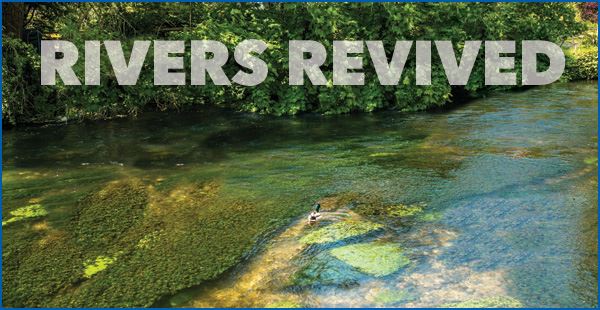
Chalk Streams: Healthy waterways in England, where water flows over flinty gravel beds, producing perfect habitats for animals to breed and thrive.
A Demand for Change
In the years leading up to the Environment Act’s passage, public pressure to clean up the state of England's rivers was building in response to several significant, high-profile prosecutions of English water utility companies for releasing raw, untreated sewage pollution in waterways.
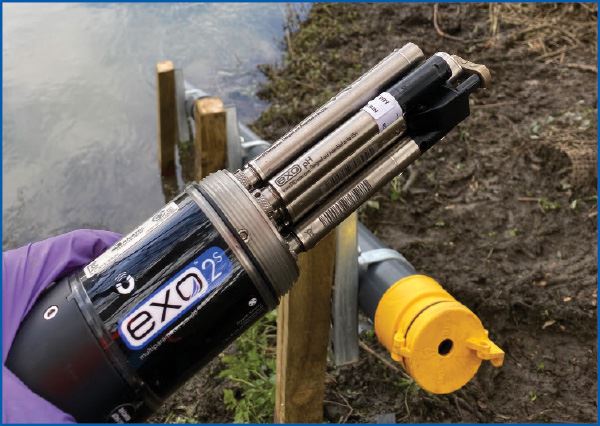
YSI's EXO Multiparameter Sondes are the gold standard for monitoring water quality in England. EXO sondes can easily integrate into telemetry systems to output data in various methods, including HydroSphere, Xylem's cloud-based data visualization platform, or direct to a water utility SCADA system.
The successful implementation of an England-wide sewage storm overflow Event Duration Monitoring (EDM) program—now easily visible to the public via The Rivers Trust Sewage Map—has only intensified the river pollution debate and further increased pressure on the government to do more.
Additionally, during pandemic lockdowns—with swimming baths closed—a significant resurgence and creation of river campaign groups occurred due to increased outdoor swimming. Others headed outside as well, such as surfers, rowers, and dog walkers, leading to a new wave of environmentalists becoming more aware and concerned about the water quality of their nearest bathing or recreational watercourse.
With an increased appetite for action, the government responded with an ambitious—and truly pioneering—plan to protect and enhance the environment for future generations.
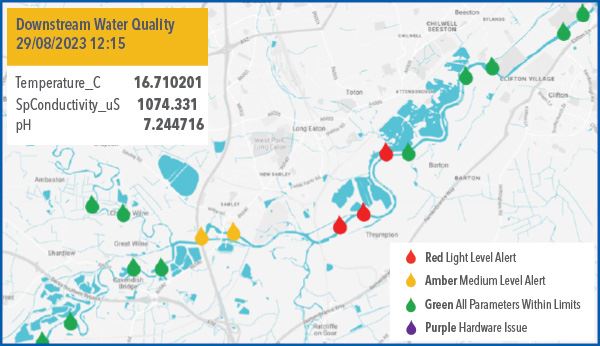
HydroSphere can process thousands of data points against user-defined thresholds to provide simple map visualization with alarms.
What the Act Does
The Environment Act 2021 sets ambitious targets for protecting our rivers, estuaries, and coastal zones. Among other things, it requires all English water utilities to continuously monitor water quality upstream and downstream of all sewage storm overflows and sewage treatment work outfalls, which discharge into a watercourse.
The water quality parameters required to be monitored include:
- Dissolved Oxygen
- Temperature
- pH
- Turbidity
- Ammonia
- Others specified by the Secretary of State
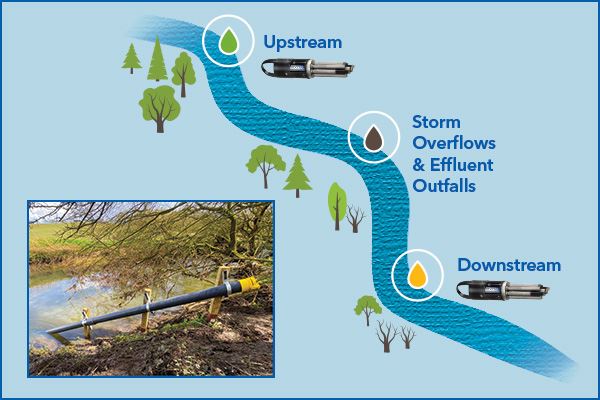
Monitoring river water quality upstream and downstream of storm overflows and effluent outfalls is crucial for identifying peaks in ammonia and other sewage-related parameters.
These peaks can breach regulatory standards, posing a risk to the environment further down the catchment.
Short- and Long-term Goals
The target is to monitor at least 25% of all nonexempt water utility assets (i.e., sewage works and overflow discharge locations) by the end of 2030.
It will initially focus on the high-priority sites, which include:
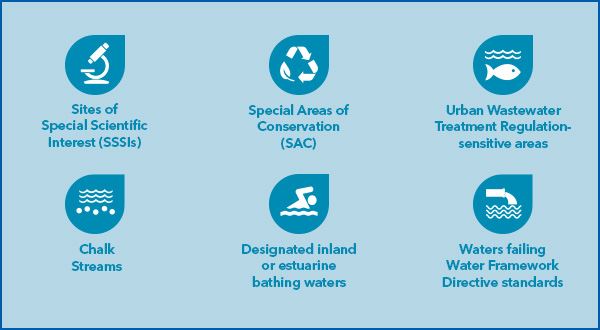
- Sites of Special Scientific Interest (SSSIs) are areas of particular interest to science due to the rare species of fauna or flora they contain—or even important geological or physiological features that may lie within their boundaries.
- Special Areas of Conservation (SAC) protect one or more special habitats and/or terrestrial or marine species listed in the European Union’s Habitats Directive.
- Urban Wastewater Treatment Regulation-sensitive areas. Under these regulations, water bodies that are—or may soon become—eutrophic should be designated as sensitive areas. This applies to fresh waters, rivers, estuaries, and coastal waters.
- Chalk streams comprise some of the most beautiful rivers in England. Their pure, clear, constant water from underground chalk aquifers and springs—flowing across flinty gravel beds—make them perfect clean water sources and are ideal locations for wild animals to breed and thrive.
- Any assets within 5 km (3.1 mi) upstream of designated inland or estuarine bathing waters.
Regarding the number of spills, by 2035, water companies will have to reduce all storm overflows discharging into, or near, every designated bathing water and improve 75% of overflows discharging to high-priority sites. By 2050, this will apply to all remaining storm overflows, regardless of location.
Ambitious Aims, Actionable Data
The Environment Act will create the world’s most extensive catchment-wide river water quality monitoring program, generating a vast number of datasets, which we will need to review, learn, understand, and turn into information for action to start improving our river health.
This monitoring program isn’t just going to show us the potential impacts of storm overflows and sewage effluent. It will yield insights into the health of our rivers and develop a national baseline of water quality information for all catchments in England, something that’s never been done before.
Check out our Environment Act 2021 overview page to learn more about the legislation. We also discuss the act in our webinar on How to Overcome Data Uncertainty in Water Quality Monitoring.
